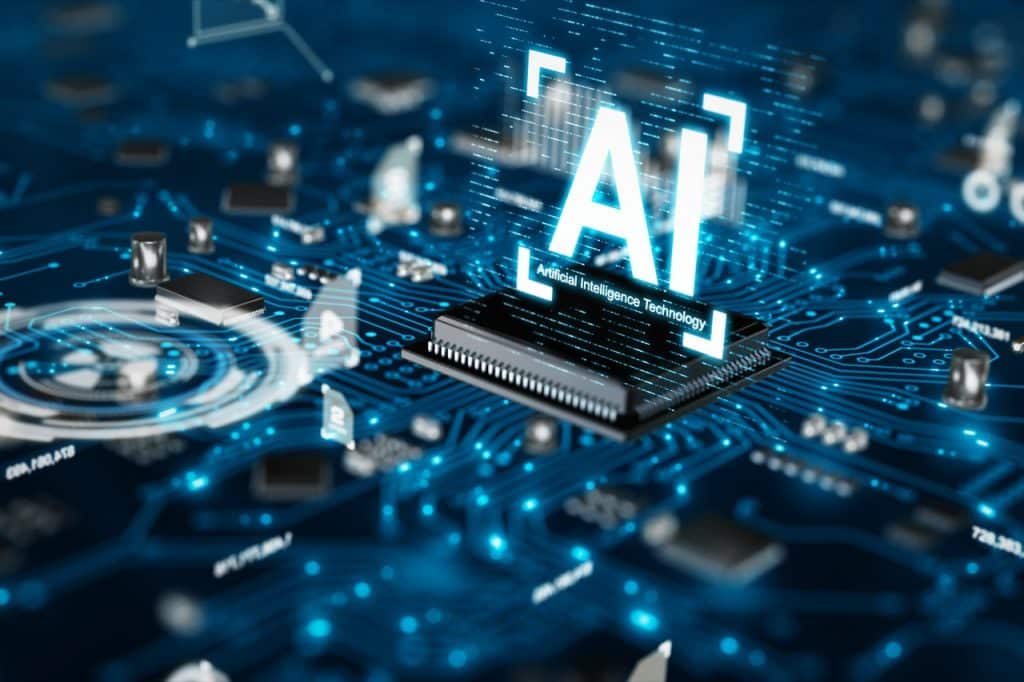Today, there are numerous technologies related to artificial intelligence. Many companies are working on developing such systems, and the competition between them is exceptionally high. Because of the promising nature of AI technology, many startups are planning to establish themselves as major players in this sector. If you want to develop AI systems, there are few resources that you may use as a starting point. Check out cnvrg’s blog post to learn more.
Building An Efficient AI System
The process of creating an artificial intelligence system usually involves these four steps (or phases), which this article will describe below:
1. Problem Identification
The first step is to define the problem, which should be done in detail from several points of view before starting any actual work on creating a system. Determine the problem with the current system and why it’s a priority to replace or enhance it. Also, ask yourself what other similar problems exist in other technologies and if you should include them as well. These are some fundamental questions that you might need to answer first to continue building your new machine learning or AI system. Do this before you start working on the actual system development process. It’s also important to define real and clear goals and tasks. How will the system perform after you finish creating it? What does it need to do? Answering these questions can help you focus on a final goal and optimize the process as you go along.
2. Data Acquisition
The next step is acquiring the necessary data to create a system that can perform the tasks or solve the problems you’re facing. Data in the field of AI is usually acquired in two different ways: The first method is data mining, which refers to collecting and analyzing an extensive set of data to uncover valuable information, patterns, or trends. For example, the data collected from the posts on social media pages can be used to get information about people’s preferences and interests. The downside of data mining is that the results may not always be accurate because it means collecting data in different formats. The second method of data acquisition is data scraping or data extraction, which refers to getting data from a specific source and using it as-is. It involves formatting the data so that your system can read it—for example, collecting prices of different products from a particular website and using it as your product pricing reference.
3. Knowledge Representation
The next phase is creating the knowledge base of the AI system. Knowledge representation means presenting the data so that the system can process it to get accurate results from specific queries. Knowledge representation plays a significant role in training AI to think and act like humans. Declarative, procedural, structural, and heuristic are the primary types of knowledge representations that exist.
Declarative – Declarative knowledge representation means that you’ll give the system a set of facts and rules to follow.
Procedural – Procedural knowledge representation means that you’ll provide the system a set of actions, instructions, strategies, or procedures to follow to get a specific result.
Structural – Structural representation defines relationships between different concepts. For example, a system can represent knowledge as an object or an entity and combine other things into a particular type of hierarchy.
Heuristic – Heuristic knowledge representation is based on previous experiences of experts in a particular field or subject. It involves a proven set of rules and procedures used as guidelines to solve problems which results may not be 100% accurate.
4. Planning And Learning
The next step is to plan the system’s path based on the knowledge created in previous steps. This phase can be divided into two sub-phases:
Planning
Planning involves defining all possible actions that the AI system will perform during its operation and define a set of rules for each action. It represents what the system will do next based on the data that it has.
Learning
Learning refers to changing and improving a particular behaviour or action defined in the planning phase based on experience and information collected by the AI. Artificial intelligence differs from regular computer programs as it learns how to make new decisions, not just perform specific actions. The more the AI system interacts with the environment, the more it improves its performance.
Conclusion
Building an efficient AI system might sometimes be intimidating, but you can always simplify the process by following the steps above. Start with defining the project’s goal, then set up a roadmap that will help you get there step-by-step. Continue by acquiring the data and knowledge needed for setting up your system. Once done, plan the actions that will lead your AI system to success and continue learning from experience to make new decisions and improve results.
